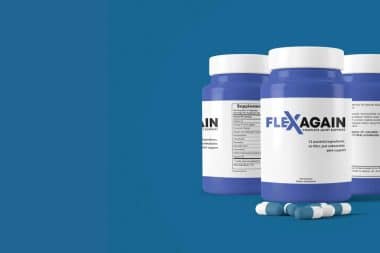Almost everyone at any age should be able to exercise regularly, since working out has emotional, physical, and health benefits. Even people with chronic health conditions tend to work out regularly to stay active. But sometimes, we tend to push our bodies too far and risk getting injured by taking on more than what we can handle. In fact, many people have this misconception that exercise should be painful and hard to be beneficial. This belief has caused so many injuries to many people.
Exercise should feel moderate; people should scale their workouts and start off slowly and gradually, and then build up in intensity, frequency, and duration. Safe workouts are actually the key to a painless and healthy lifestyle. Once you embark on your physical activity, it is important to see your doctor for checkups.
As soon as your doctor gives you the okay for exercise, you can follow these tips to ensure a safe workout.
Warm-up
Your body needs to warm up before any physical activity, and skipping this step can be very dangerous. This ensures muscles and joints readiness and prepares your entire body. Warmups should last for 5 to 10 minutes, as they gradually increase your blood flow and heart rate. Start with a low-intensity activity like jogging, high knees, and some muscle stretches.
Have a Health Plan
Crucial for those with health conditions, a medical plan will prevent many injuries and serious complications. When you are consistent in your workouts, you’ll also need to follow up with your doctors to ensure you’re staying safe. Since many people are following up with nutritionists and doctors in their local neighborhood, it’s best to check health plans where you live as well. If you live in Pennsylvania, the Blue Cross medicare plans in Pennsylvania might be something to consider as their plans are highly flexible and affordable. With the awareness we have these days about physical and mental health, such medical precautions are taken seriously now more than ever.
Stay Hydrated
Our bodies tend to lose around one and a half liters of fluids as we exercise. If your body is dehydrated, you’ll start to see a significant drop in your performance and you might also experience cramps. Water will prevent heat exhaustion, heat stroke, and dehydration. Make sure you’re drinking enough water every 20 minutes during your activity.
Safe Workouts in Hot Weather
Our bodies are more prone to heat stroke during the summer because hot weather puts so much strain on them. Since sweating isn’t enough to cool the body down, make sure you do the following:
- Drink plenty of water
- Avoid working out in the sun
- Wear lightweight and loose-fitting clothes
- Plan your workout time around cooler times of the day
Safe Workouts in Cold Weather
When it gets colder, your body will be more prone to muscle injuries. These preventive measures will help:
- Take more time with your warmups and stretches
- Wear warm clothes
- Wear the right shoes for you, since your feet can get cold too.
There are so many measures can be taken when you’re working out. For instance, you’ll also need to know your limitations, use the appropriate equipment for your body, and schedule rest days. Muscle soreness after a workout is normal, but if it lasts for more than a week, then a call to your doctor will be needed. It’s not easy to tell if you’ll get injured or not, but you can always do your best to prevent it from happening.








Reply